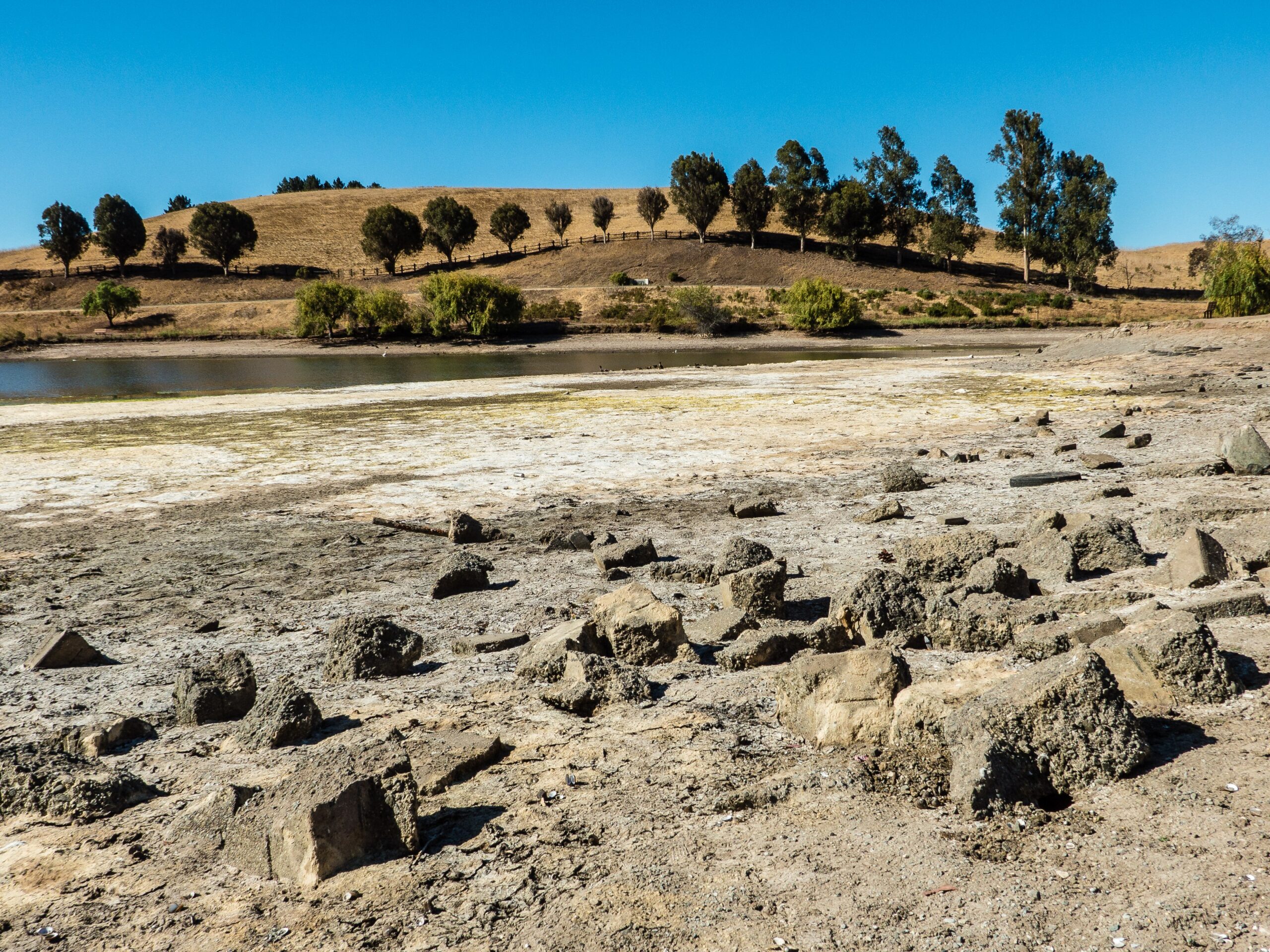California epitomizes the adage, often attributed to Mark Twain, that “whisky is for drinking, water is for fighting over.” Even in the wettest years, the state has allocated far more water to users than is available. And when drought strikes—as it has repeatedly in the last decade—the state breaks out into water wars as different regions and types of users seek to have the necessary sacrifices imposed on someone else through the political process.
Markets can provide a better way to reallocate scarce water without this conflict—and governments are slowly coming around to recognize their benefits. Anticipating the next inevitable drought, E&E News reports that farmers, environmental groups, and regulators have been working together to build California’s first groundwater market.
A debate has raged for decades over the true price of water in the parched West. Edgar Terry’s answer: Let the market decide.
The farmer is on the cusp of launching the country’s most robust groundwater trading market: cap and trade for water. “We all deal in markets every day,” Terry said during a recent tour of his vegetable fields. “What makes water any different than oil? If you have oil under your ground, you get to pump it and sell it. And it becomes an asset on the balance sheet. Why can’t water become an asset?” His timing couldn’t be better. The Oxnard Plain aquifer that provides water for Terry’s crops is critically overdrafted. Parts of its water table have plunged more than 100 feet in the last eight years.
In California, property owners generally have a property right to extract the groundwater beneath their land. As surface water deliveries have been reduced, many farmers increased groundwater use to compensate, drawing down aquifers and increasing pollution levels. Recognizing that this would be unsustainable in the long term, California enacted a law giving local water districts flexibility to manage groundwater pumping. The Oxnard Plain water market may become the model for other aquifers.
The groundwater market will not only allocate the water between users but will also incentivize conservation. A farmer considering updating his irrigation system to reduce waste, for instance, will be able to sell to others any water he is able to save. The price signal will also encourage the development of better information about current use and ways to increase efficiency.
Water markets face challenges, to be sure. Without high levels of trust or monitoring, initial allocations may generate conflict and trades may be difficult to consummate. In the Oxnard Plain, those difficulties were easier to overcome because the idea came from the water users themselves.
Anselm and Fienup said it was crucial that the push for the market came from the growers — not the agency. “Its design and implementation are not the design of the regulator,” Fineup said. “They are the product of the agricultural users themselves.”
Because water users were involved in the markets design, the monitoring program proactively addresses user concerns about the government’s use of their data. Often, property owners are understandably skeptical of sharing information about their activities with the government, for fear that it might be used against them in the future. The groundwater market avoids this problem by establishing an intermediary between the water users and the regulator, with each having access to data with differing levels of detail.
With much of California entering drought yet again, this experiment is well timed. Soon, difficult trade-offs will have to be made between competing water users. A market, unlike command-and-control regulation, can generate the information and incentives necessary to make those painful reductions a little less so.




